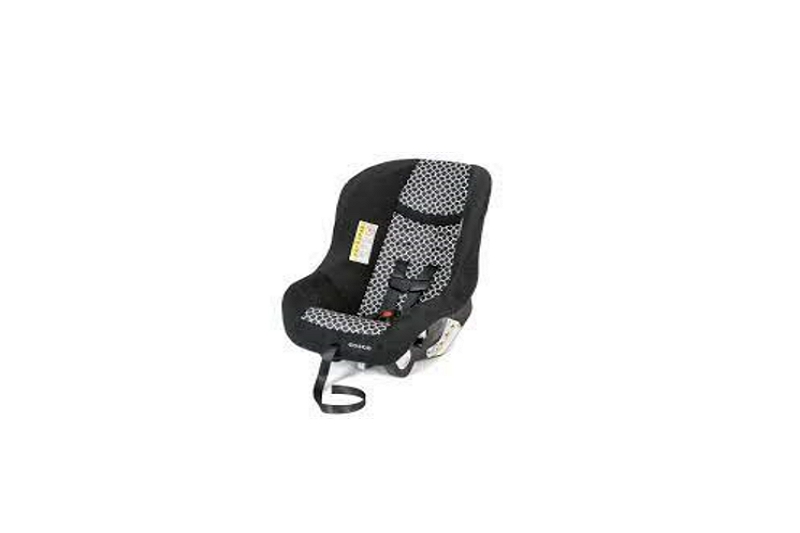When to remove the booster seat is a question that many parents ask themselves when they are deciding when their child can use the car’s regular seat belt.
If the answer is “as soon as possible,” then you should be reading this article. In this blog post, we will discuss when to remove a booster seat and provide some helpful tips on how to do it safely.

Remove Booster Seat
The American Academy of Pediatrics (AAP) recommends that all children under the age of 13 years old ride in a booster seat. Children who are between 40 pounds to 80 pounds should still use a booster as their car’s lap and shoulder belt may not fit them properly, which could cause injury if they were involved in an accident.
Once your child is tall enough for her knees to bend over the edge of the vehicle seat cushion when she sits with her back against the vehicle seatback, usually this occurs at about 12 or 13 years old – it is time for a regular safety belt without a booster seat.
If you have more questions regarding whether your child should remain using a booster, consult with his physician first making any decision on removing the booster seat.
When Can I Turn My Car Seat Around 2021?
It is important to not turn your car seat around until you are old enough. American Academy of Pediatrics advises parents to keep their children rear-facing until they’re at least 2 years old.
How Much Should A Child Weigh To Sit In The Front Seat?
The weight limit for a child to sit in the front seat varies by state, but it is typically around 40-70 pounds. The height of the child can affect this number; if they are taller than average, then they will weigh more and may need to be seated in the backseat when possible.
It’s best not to let your kids ride upfront until you know their exact limits so that no one gets hurt.
Much Do You Have To Weigh To Get Out Of A Booster Seat?
According to the Insurance Institute for Highway Safety, children who are at least four feet nine inches tall should be able to use a seat belt safely. Children can also graduate from booster seats when they weigh at least 40 pounds and are younger than eight years old.
The height of your child is an important measure in determining if he or she needs to continue using a booster seat; always make sure that you consult with your pediatrician about how much weight they need to gain before moving on without their safety seat.
Keep in mind that some states do not permit the use of boosters past age seven! It’s best practice (and required by law) for parents to bring along his or her child’s car seat installation instructions every time they go out for a ride. This way, you can ensure that your child is safe and secure in the backseat at all times.
Is It Safe For A 10 Year Old To Ride In The Front Seat?
The short answer is yes but check with your state and car manufacturer to make sure you comply with all laws. If a child reaches four feet nine inches tall (about the height of an average ten-year-old) they can legally sit in the front seat without any additional requirements or restrictions.
However, many parents choose to keep their smaller children in the backseat until they are 12 years old because it makes them much safer when riding in cars.
The NHTSA recommends keeping kids under 13 in rear-facing car seats and children 12 and under should ride in the backseat.
Can My 18 Month Old Sit Forward Facing?
Yes, you can encourage your 18-month old to sit facing forward with a few safety precautions. You can install the car seat rear-facing in the backseat and use high-quality installation techniques such as using LATCH or both lower anchors and tethers if available on your vehicle until child height and weight limits are reached for safely installing in this position.
If these options aren’t possible in any of your cars (perhaps because one is too small), we recommend continuing to keep them rear-facing until at least age two when they outgrow most convertible seats anyway, even if their height/weight limit allows it to be placed forward-facing.
Then adjust harness straps so that they’re snug over each shoulder before securing into place by either threading the seat belt through or making sure it’s locked into place.
Should My 7 Year Old Be In A 5 Point Harness?
No. Most kids are not ready for a five-point harness until they’re around 80 lbs and the top of their head reaches at least 57 inches in height (about 12 years old).
The American Academy of Pediatrics recommends that children use forward-facing car seats with harnesses, restraints, or booster seats up to age 11. If your child is under 40 pounds, try putting them in an infant carrier with special inserts so it’s snug against you when you sit down yourself.
You can also put the seat belt over both of your laps if there isn’t enough shoulder space on one side for it to go across his shoulders without touching either his neck or belly buttons.
Be sure he doesn’t have access to toys while moving – this could be distracting and cause him to lean over and hit the belt.
